Woofer strobe light analysis
I've always been intrigue with this method of identifying breakup modes in cone drivers.
www.sugawara-labs.co.jp/en/application_xenonflashes/direct_observation_of_speaker_cone_vibrations
When I consulted with a few independent speaker designers back in the late 80s to early 90s, we used modified ignition timing lights to check the performance of various cone geometries and materials in LF drivers to find their limitations when operating out of their designated bandwidth at higher drive levels. I got the idea from designing and testing light weight valvetrains used in high rpm race engine applications ie. Spintron testing. You'd be shocked how bad the cone of an LF cone driver deforms at higher output levels and various frequencies.
I remember KEF and B&W doing laser interferometry research many decades ago. I'm surprised this area of technology hasn't filtered down into the diy crowd yet with all the access we now have to information pertaining to speaker building.
www.sugawara-labs.co.jp/en/application_xenonflashes/direct_observation_of_speaker_cone_vibrations
When I consulted with a few independent speaker designers back in the late 80s to early 90s, we used modified ignition timing lights to check the performance of various cone geometries and materials in LF drivers to find their limitations when operating out of their designated bandwidth at higher drive levels. I got the idea from designing and testing light weight valvetrains used in high rpm race engine applications ie. Spintron testing. You'd be shocked how bad the cone of an LF cone driver deforms at higher output levels and various frequencies.
I remember KEF and B&W doing laser interferometry research many decades ago. I'm surprised this area of technology hasn't filtered down into the diy crowd yet with all the access we now have to information pertaining to speaker building.
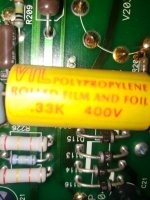
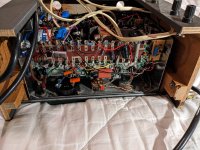
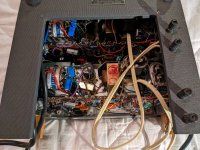
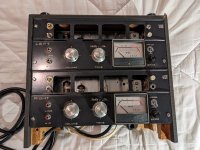
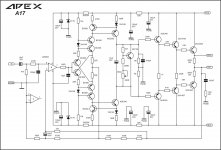

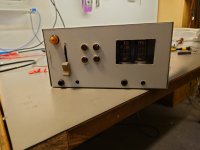
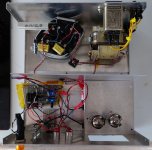

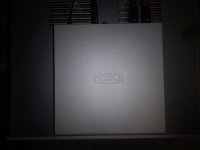
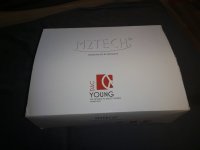
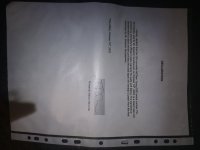
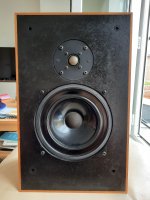
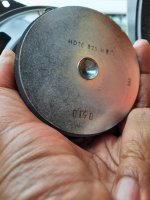
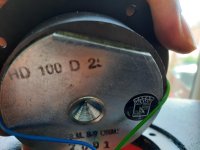
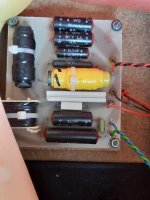
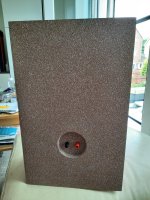
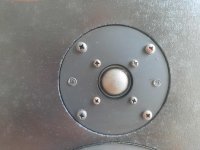
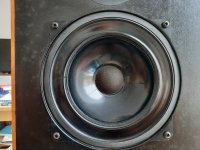
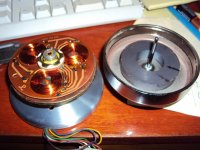
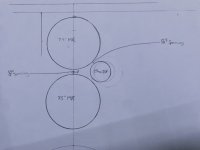
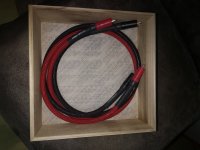
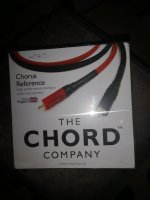
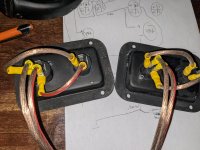
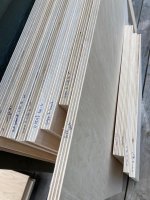
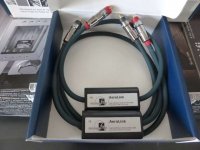
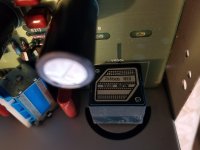
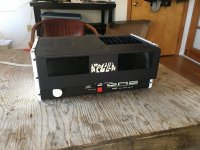
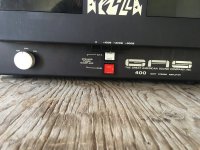
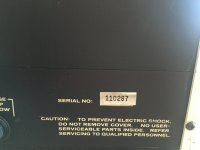
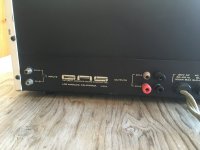
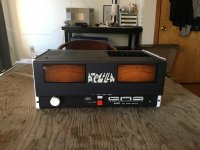
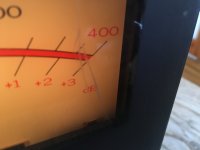
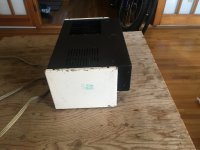
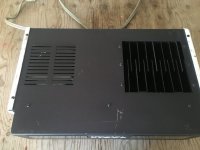
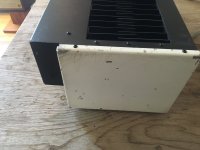
![IMG_3364[1].JPG](/community/data/attachments/1033/1033783-74c40cf3be5bad738ad7a6a5ec9770f2.jpg?hash=dMQM875brX)
![IMG_3365[1].JPG](/community/data/attachments/1033/1033784-fdae6aa7fd898550c197ffcd980932e8.jpg?hash=_a5qp_2JhV)
![IMG_3366[1].JPG](/community/data/attachments/1033/1033785-5f429d091f06186557b5e7641b0203c4.jpg?hash=X0KdCR8GGG)
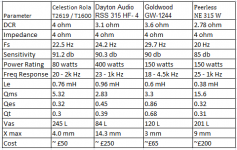
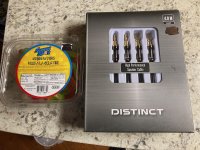

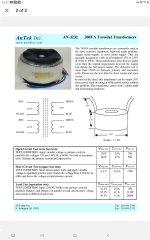
 ), it will be nice to detect defects, but I understand that I'm far from normal listening conditions.
), it will be nice to detect defects, but I understand that I'm far from normal listening conditions.